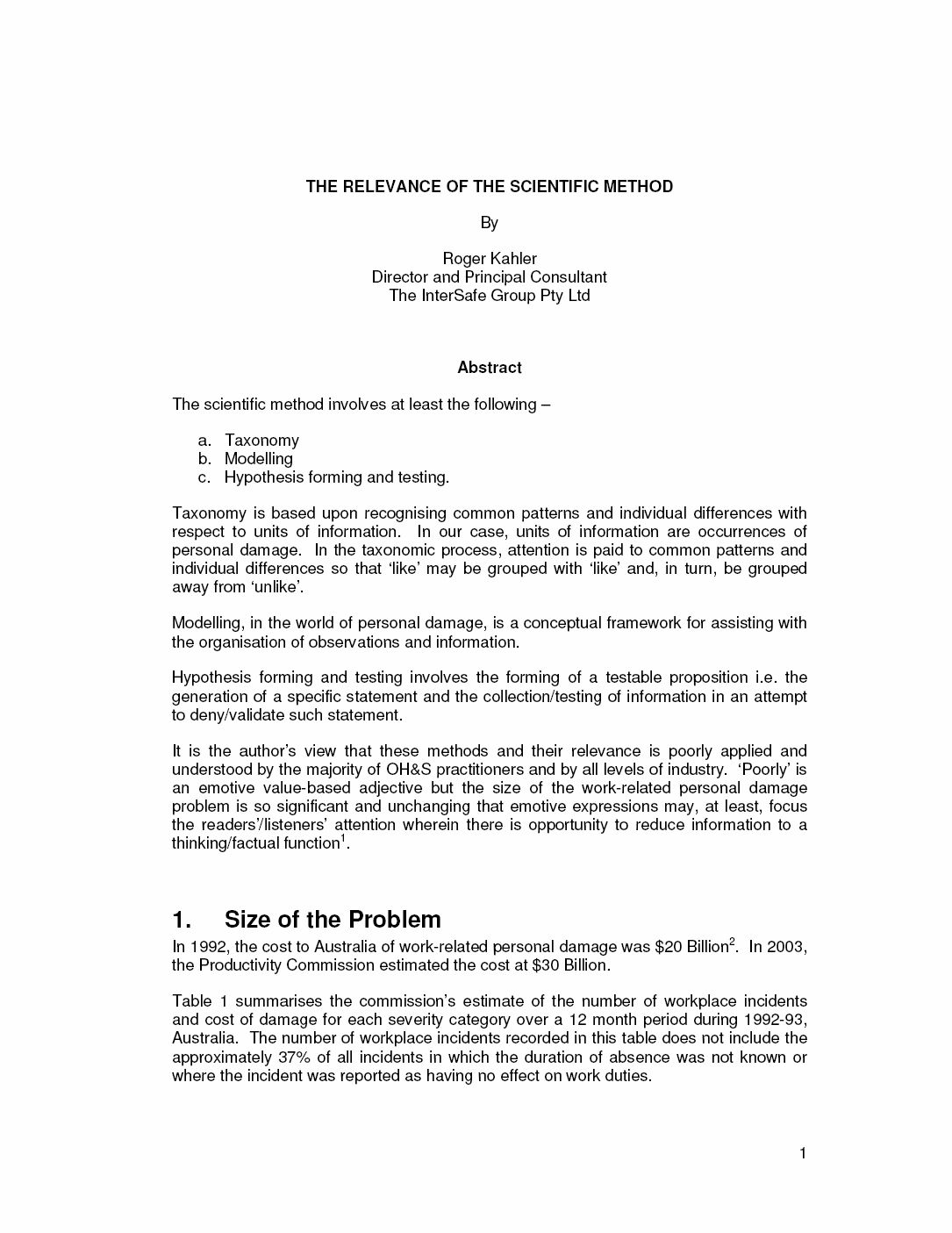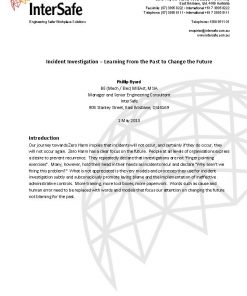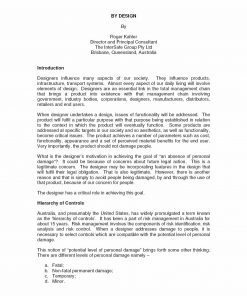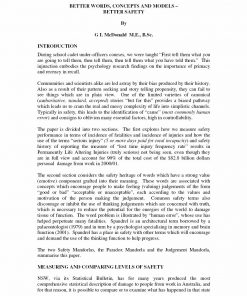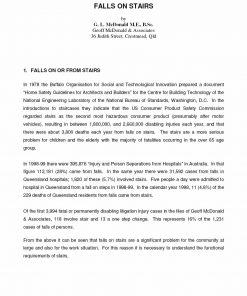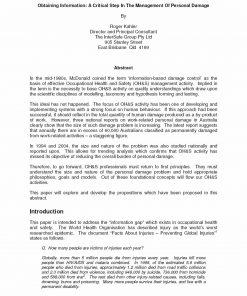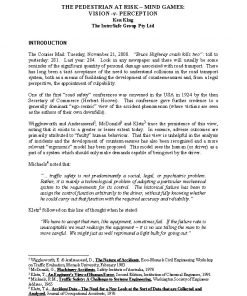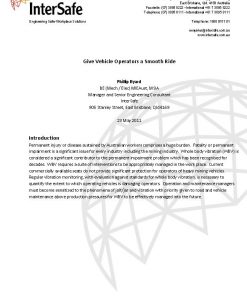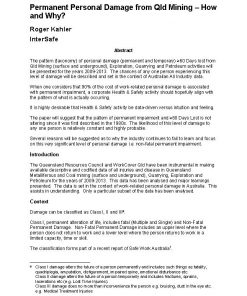The scientific method involves at least the following –
a. Taxonomy
b. Modelling
c. Hypothesis forming and testing.
Taxonomy is based upon recognising common patterns and individual differences with respect to units of information. In our case, units of information are occurrences of personal damage. In the taxonomic process, attention is paid to common patterns and individual differences so that ‘like’ may be grouped with ‘like’ and, in turn, be grouped away from ‘unlike’.
Modelling, in the world of personal damage, is a conceptual framework for assisting with the organisation of observations and information.
Hypothesis forming and testing involves the forming of a testable proposition i.e. the generation of a specific statement and the collection/testing of information in an attempt to deny/validate such statement.
It is the author’s view that these methods and their relevance is poorly applied and understood by the majority of OH&S practitioners and by all levels of industry. ‘Poorly’ is an emotive value-based adjective but the size of the work-related personal damage problem is so significant and unchanging that emotive expressions may, at least, focus the readers’/listeners’ attention wherein there is opportunity to reduce information to a thinking/factual function.
Copyright
©This work is copyright and is the Intellectual Property of the Author. You may download, display, print and reproduce this material in unaltered form only for your personal, non-commercial use or use within your organisation. Apart from any use as permitted under the Copyright Act 1968, all other rights are reserved. Requests and inquiries concerning reproduction and rights should be addressed to The InterSafe Group, PO Box 3300, Loganholme, Queensland, Australia, 4129.
| Author | Roger Kahler |
|---|---|
| Date | 2003 |
| Conference | n/a |
| Number of Pages | 9 |

